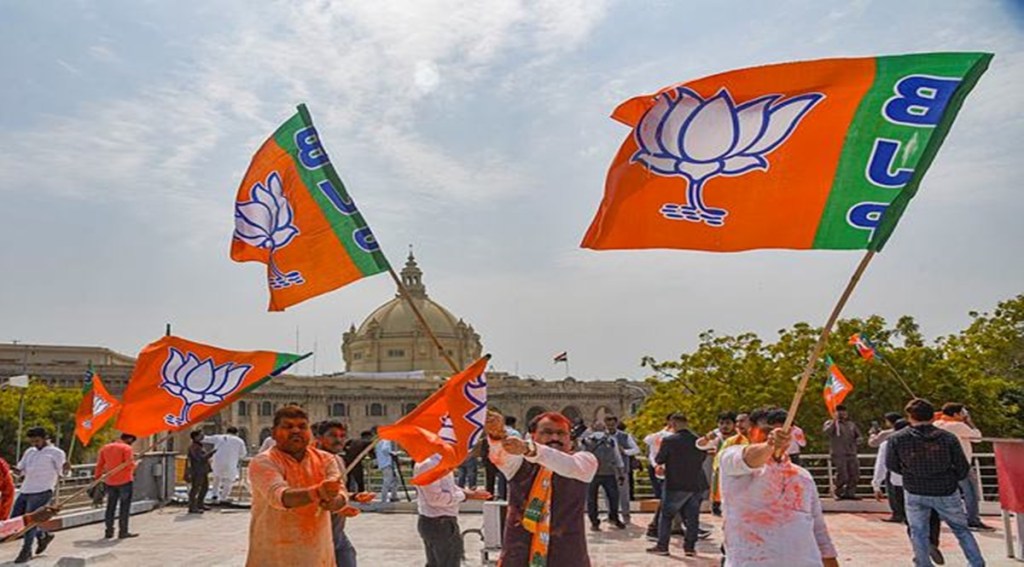The spectacular performance of the Bharatiya Janata Party, which won four of the five states that went to elections this time, reaffirms the party’s—particularly prime minister Narendra Modi’s—near-iron grip on the Indian polity. The victory is all the more creditable as the BJP demolished the anti-incumbency factor in all the four states it won, especially in Uttar Pradesh. In the process, Yogi Adityanath would be the first chief minister of the state to return to power after serving a full five-year term since 1985. His political clout in the BJP is certain to go up exponentially as UP has 80 parliamentary seats. Of particular significance is the smooth sailing of the party in Uttarakhand and Goa, the two states that were supposed to have a photo finish. The impression of the BJP’s political invincibility will surely strengthen as the latest election victory has come despite a stuttering economy, rising cost of living, joblessness and questions over the BJP’s handling of the pandemic.
Overall, from a national perspective, the odds of a shift in power at the Centre in 2024 are just about as low as before. The victory this time round is an important booster shot for the BJP for another reason: it comes after a string of indifferent performance in state elections after the 2019 Lok Sabha elections. Of the 10 states and two Union territories (UTs) that went to polls before this round, the BJP, along with its allies, ended up on the winning side in just four, one of which was the relatively smaller UT of Puducherry.
The other big takeaway from these elections is, of course, the Aam Admi Party’s emergence in Punjab with a splendid performance. Though it is still early days, it is clear that Arvind Kejriwal has managed to earn the trust of the voters as a credible alternative to the established national parties. AAP has also gained a toehold in Goa and increased its vote share in Uttarakhand—a clear indication that the tag of one-state wonder no longer holds for the party. AAP will clearly flex its muscles in Gujarat which is going to polls later this year.
The other takeaway is the demolition of the remaining vestiges of the Congress’ ability to present itself as a viable alternative to the BJP at the national level. Having lost Punjab and being sidelined to irrelevance in many other states, the Congress and its current leadership look totally discredited. The challenge to Rahul Gandhi is several degrees more severe than for the Congress as his leadership stands exposed once again.
Now that the elections are over, the political parties in states should get down to the business of responsible governance and focus on the much neglected areas of education and health, instead of freebies. For example, Niti Aayog’s recent poverty estimates revealed that nearly 38% of the 200 million people in UP languished in “multidimensional” poverty and the clamour among youngsters (the state alone produces 1.6 million graduates and postgraduates every year) for employment is rising.
Other states are not much better off and their finances just can’t sustain the political lollipops any more. On its part, the Congress government in Punjab waived off electricity and water dues amounting to several thousand crores of rupees just before the elections even as Punjab’s debt to gross state domestic product ratio is the highest among the big states in India. The AAP government will now have to bear that cross, but it should take heart from the fact that such gestures of irresponsible populism did nothing to the electoral fortunes of the Congress. There is a lesson here for all political parties.

